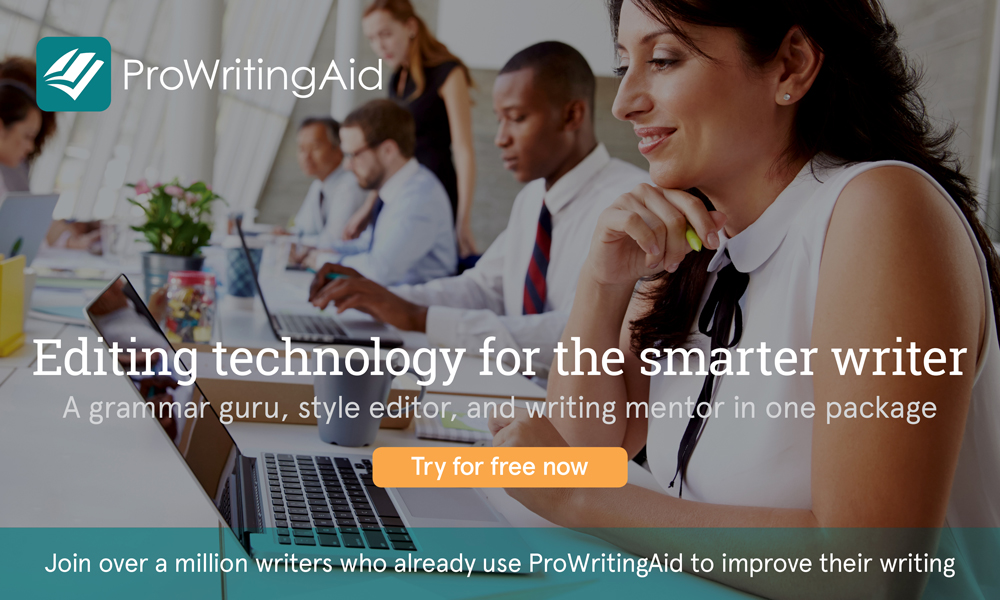
Whether you’re a brand new business looking to establish your first clients or a well-established company ready to extend your reach with new contracts, a well-articulated business proposal is one key to success.
A business proposal is an important document used to highlight specific goods and services you offer at a set price. A well thought out business proposal should highlight the potential client’s needs and expand on how you can address them and why your company is the best fit for the job.
But not all business proposals are created equal, and certain best practices regarding business writing need to be employed. By assuring your proposal contains all the key components to success, you vastly improve your company’s chances of standing a head above the competition. Here we will take a closer look at all the crucial elements needed to write a business proposal that will increase your acceptance rate and extend your client reach.
Title and Cover Letter
First impressions are everything, so don’t underestimate the power of a good title page and cover letter.
Your title page should present a clean and professional appearance while including basic information such as the title, the date, your company name and address, your logo, and your potential client’s name and contact information.
Make sure to opt for an elegant design for your proposal that fits your overall brand and portrays the correct message to the client. You can save time by finding a business proposal template, which will help assure you start off on the right foot.
Next, you will have a chance to add a personal touch by addressing a cover letter directly to your potential client. This is your chance to introduce yourself with a brief summary of who you are, what your company specializes in, what sets you apart, and why you think your potential client will benefit from reading your proposal.
A good cover letter should be professional yet friendly. Make sure your client knows that you are available to them should they have any additional questions. Show that you know a bit about them and their business to show that you take a personal interest rather than copying and pasting the same letter to multiple clients. Tell them you are excited by the prospect of working with them and look forward to hearing from them. Conclude your letter with a thank you and your signature to give it a personal touch.
Table of Contents
Including a table of contents in your proposal helps let your potential clients know what to expect in the pages ahead. This will also allow them to easily flip back through to previous sections in order to further review the information you’ve provided should the need arise.
Executive Summary
Now that the basics are out of the way, it’s time to get into the meat and bones of your proposal. This starts with your executive summary.
An executive summary goes into the whys: Why are you sending this proposal and why should your potential client read on? Here you will give a brief introduction of your company and what sets you apart from the competition followed by a short objective statement on the client’s needs that you believe your company can address. You will get a chance to dive into more detail on all of these subjects in the following sections, so try to avoid being overly wordy. The purpose of the executive summary is only to outline your company and proposal while enticing the reader to learn more.
The Problem and Proposed Solution
Now that all the introductions are covered, it’s time to reel the client in. This is where you can get into the finer details and really show the potential client that you understand their needs.
Present the problem their business has that your company is uniquely qualified to solve. It’s important to be clear and comprehensive. Allow your proposal to show that you have a full understanding of your client's business and that you have a unique plan to help them overcome their obstacles and achieve the desired end-result.
Show them the steps you will take to reach the target goals in as much detail as possible. Give an exact timeline for all the proposed projects and the outcome you expect to achieve from each.
Qualifications
Now that you’ve shown that you understand your prospect’s need and have offered solutions, you need to sell yourself and your business as being the most qualified to take on the job.
This is where you can provide proof to back up the statements in the previous section and develop trust between yourself and your future client. Talk about the years of experience you have in your field of expertise. Mention relevant certifications and awards you and your company have received. You can also give brief descriptions of other similar projects you’ve implemented successfully and offer some testimonials from other satisfied customers.
Pricing
When it comes to pricing your goods or services, it’s important to find the sweet spot that shows you know your services are highly valuable without sending your potential clients into sticker shock. Price comparison charts can be a great way to show your value when compared to the competition.
You can also break your services into pricing tiers in order to present your client with options that can fit a variety of budgets.
Terms and Conditions
As the proposal draws to a close, it's important to clearly articulate what can be expected of the business arrangement should the client accept your proposal.
Outline the overall project timeline with milestones along the way, give details on when and how you accept payment, and go over any other legal ground that needs to be covered.
Acceptance Agreement
The final and most important piece of your proposal, should the client decide to accept your proposal, is the acceptance agreement. Include a place for all necessary parties to sign in order to enter into a business contract and get the project going.
Closing Thoughts
By following the steps in this guide, and using ProWritingAid, you can win more contracts, grow your business and set yourself up for success. Business proposals in 2020 and beyond require a modern approach that puts the client first, demonstrates aptitude and “sells” solutions to problems. With the right approach, you can position your proposals to outperform the competition.



